Xiaomi Mi 5 specs review: coming of age

Introduction
After more than 18 months in development, the Xiaomi Mi 5 was finally introduced at MWC 2016 in Barcelona. The official successor to the very successful Xiaomi Mi 4 is, without question, the most powerful and design-conscious smartphone produced by the enterprising company. Produced in three versions – Standard, High, and Exclusive – the Mi 5 is seriously impressive from both design and hardware perspectives. After all, this is the first Snapdragon 820-powered device to ship, and it's not just Qualcomm's cutting-edge chipset and low price that makes the Mi 5 a very competent and competitive smartphone. Xiaomi took its time and produced a true hardware powerhouse. Let's dig a little deeper into what makes this fledging success tick!
Design
The Mi 5's ceramic cover has been baked in 1500 degrees celsius in order to attain twice the scratch resistance and toughness of sapphire.
We don't usually cover design in our specs reviews, but the Xiaomi Mi 5 is worth making an exception for. With its past high-tier handsets, the Chinese upstart made a name of a proficient Apple copycat for itself, following Jony Ivo & Co's design blueprints to a degree edging on the obnoxious. This time, Xiaomi came up with an elegant and highly original (as original as you can get with a mainstream smartphone, anyway) design of its own.
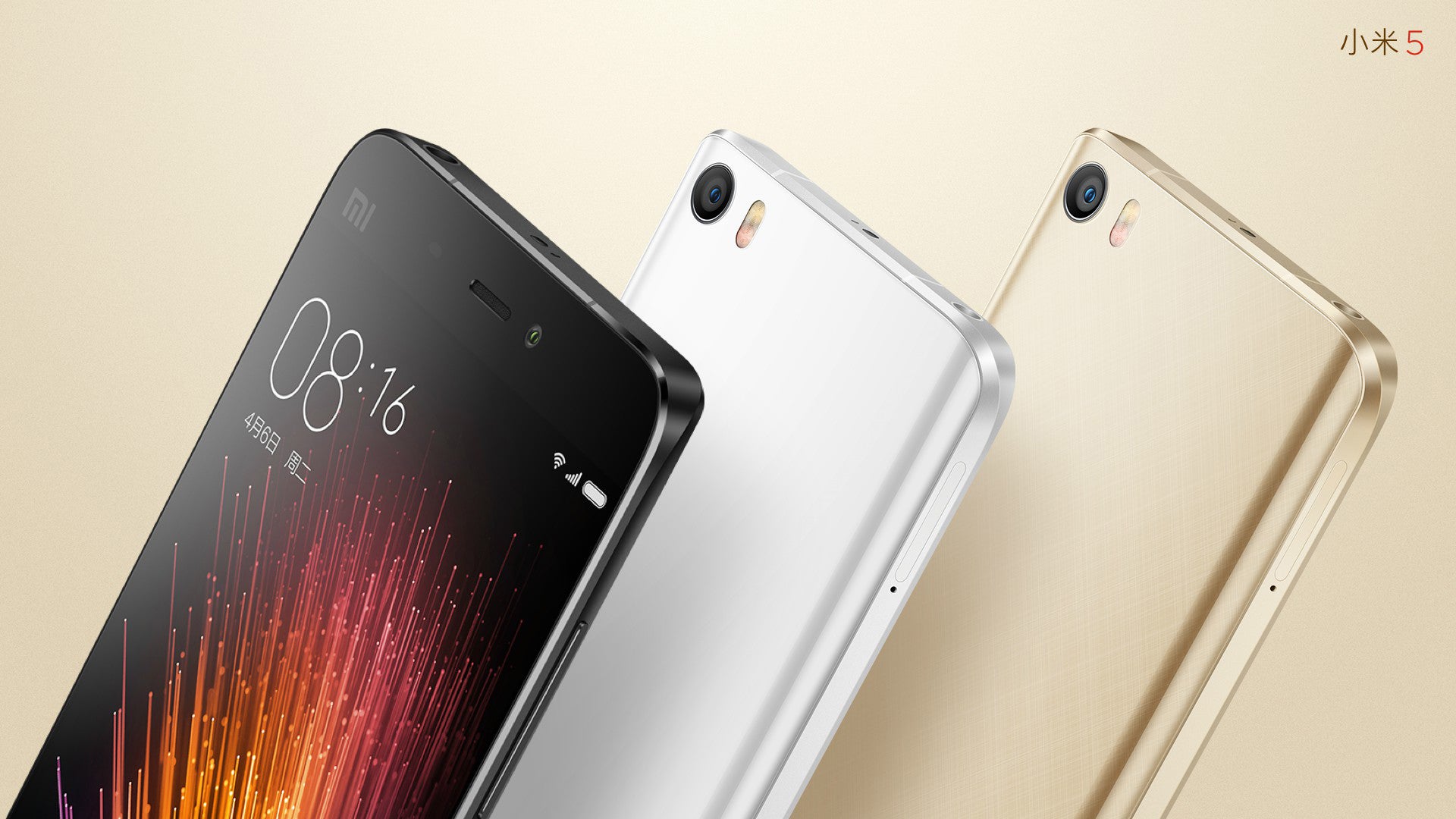
The Mi 5 is produced in three versions – Standard, High, and Exclusive.
Display
Xiaomi uses a 16 LED lamp technology to cover 95% of the NTSC color palette and increase peak brightness output by 30%.
Xiaomi equipped the Mi 5 with a 5.15-inch, 1080p-resolution IPS LCD screen. We like how the manufacturer chose a screen diagonal that's friendly towards one-handed usage, and an appropriate resolution that makes for sharp visuals and gives the processor a relief from having to compute double the amount of pixels, like the Quad-HD displays of competing handsets do. Thanks to this, the Mi 5 offers faster 3D graphics performance, and already managed to crush the LG G5's impressive benchmark score in AnTuTu.
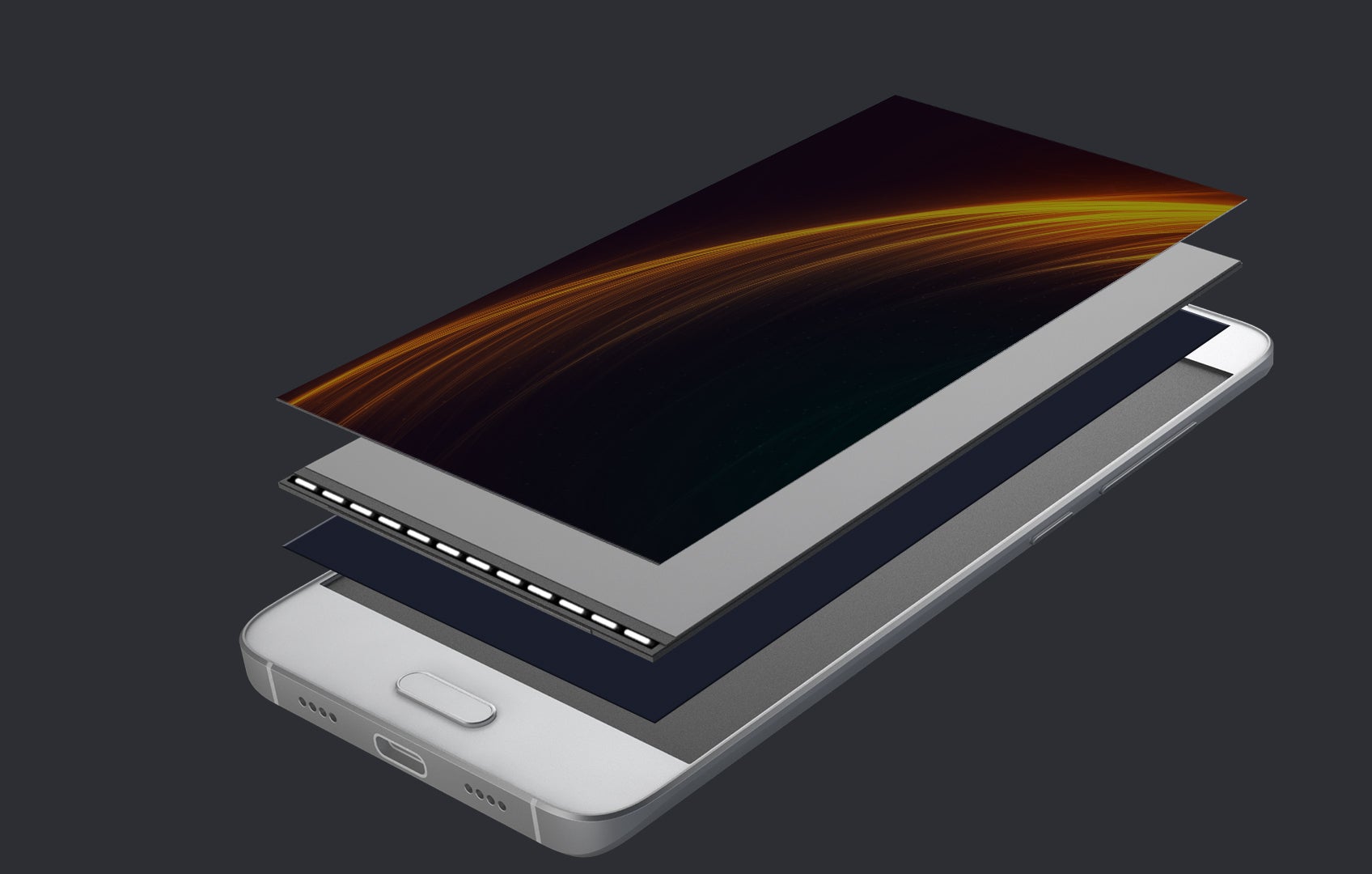
Xiaomi equipped the Mi 5 with a 5.15-inch, 1080p-resolution IPS LCD screen with a wide color gamut.
Hardware
Made on a cutting-edge 14nm fabrication process, the Snapdragon 820 is capable of two times the performance and power efficiency of the octa-core SD 810.
The Qualcomm Snapdragon 820 is the platform of choice for Xiaomi's long-in-the-making flagship. Made on a cutting-edge 14nm fabrication process, the chipset has four custom-designed Kryo CPU cores, clocked at up to 2.2GHz and capable of two times the performance and power efficiency of the octa-core Snapdragon 810. The processor is coupled with Qualcomm's own Adreno 530 graphics unit, which offers a 40% improvement in graphics performance, compute capabilities, and power usage compared to the Adreno 430. It supports the latest graphics standards, including OpenGL ES3.1, Vulkan, and OpenCL 2.0, which means you will be able to play all upcoming 3D games in their full glory.
Whatever you can probably think of, Qualcomm's newest chipset has it. This includes 4K video capture, playback, and external display support; all cellular connectivity standards in operation plus the latest in Wi-Fi, NFC, Bluetooth, and VoLTE standards; the Haven security technologies suite with services such as SafeSwitch (theft prevention), Sense ID (3D fingerprint tech), and StudioAccess (content protection). It's the most competent mobile chipset built to date, and its presence in most of this year's flagship Android phones, such as the Mi 5, is only appropriate.
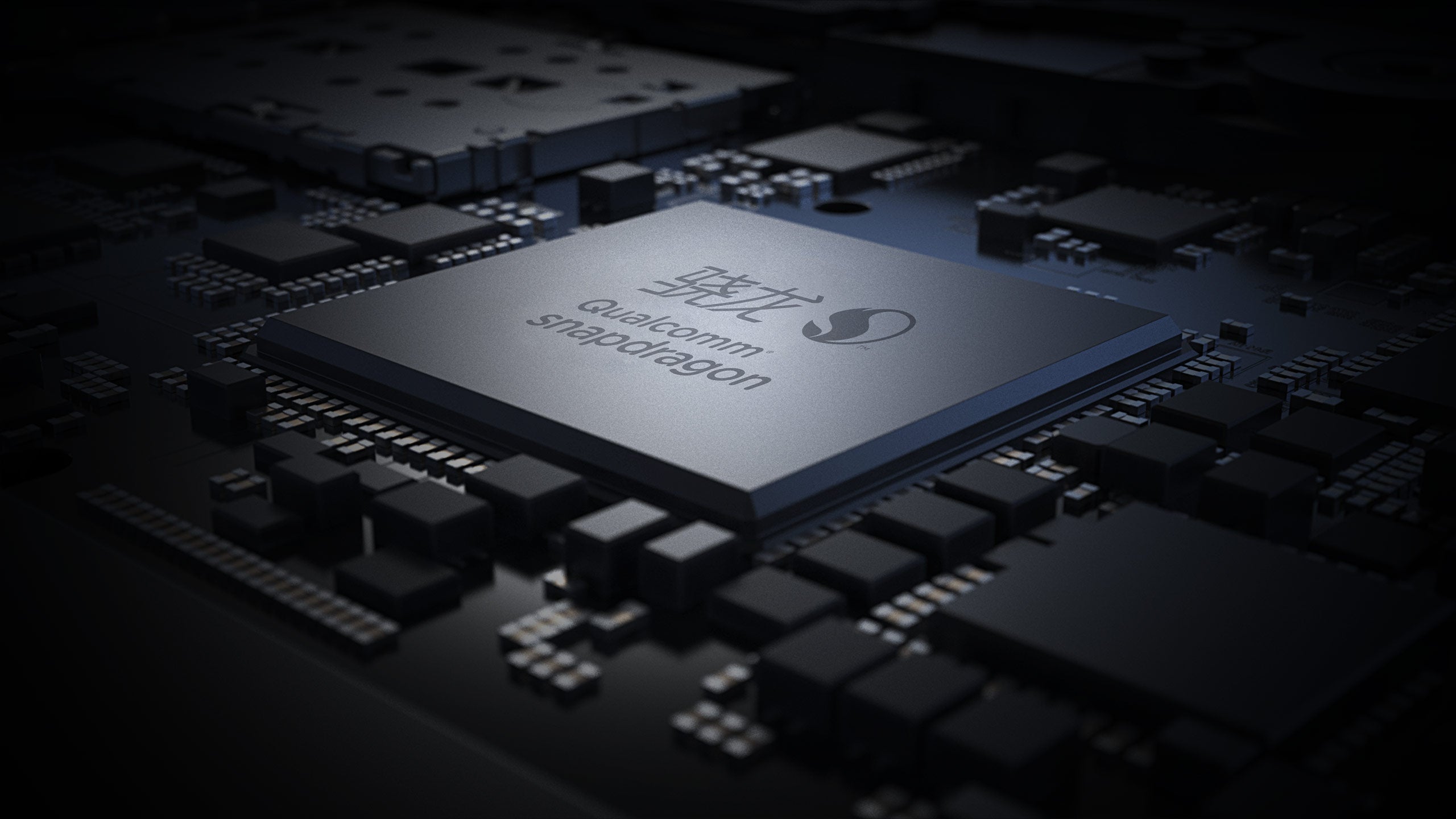
The Xiaomi Mi 5 is the first smartphone to ship with the Snapdragon 820 chipset.
Memory-wise, the Mi 5 comes with 3GB or 4GB of fast, power-efficient LPDDR4 RAM, which is enough to handle complex multitasking and keep many of your favorite apps in memory so they respond instantly. The Mi5's storage memory (up to 128GB) uses the excessively speedy UFS flash storage, which is up to 87% faster than the bog-standard eMMC storage and makes for near-instant read and write operations. Whereas eMMC 5.0 goes up to 240MB/s read/write, UFS supports up to 450MB read/write speeds. However, the Mi 5 doesn't let you expand its storage via microSD card.
The smartphone is powered by a 3000mAh battery, which is supposed to be enough for 8 days of standby and should be able to provide a decent battery life for the Mi 5, given its modern and power-efficient hardware.
Camera
The Mi 5 is one of the first to feature Sony's IMX298 camera sensor, whose perks include phase detection auto focus and DTI pixel-to-pixel isolation.
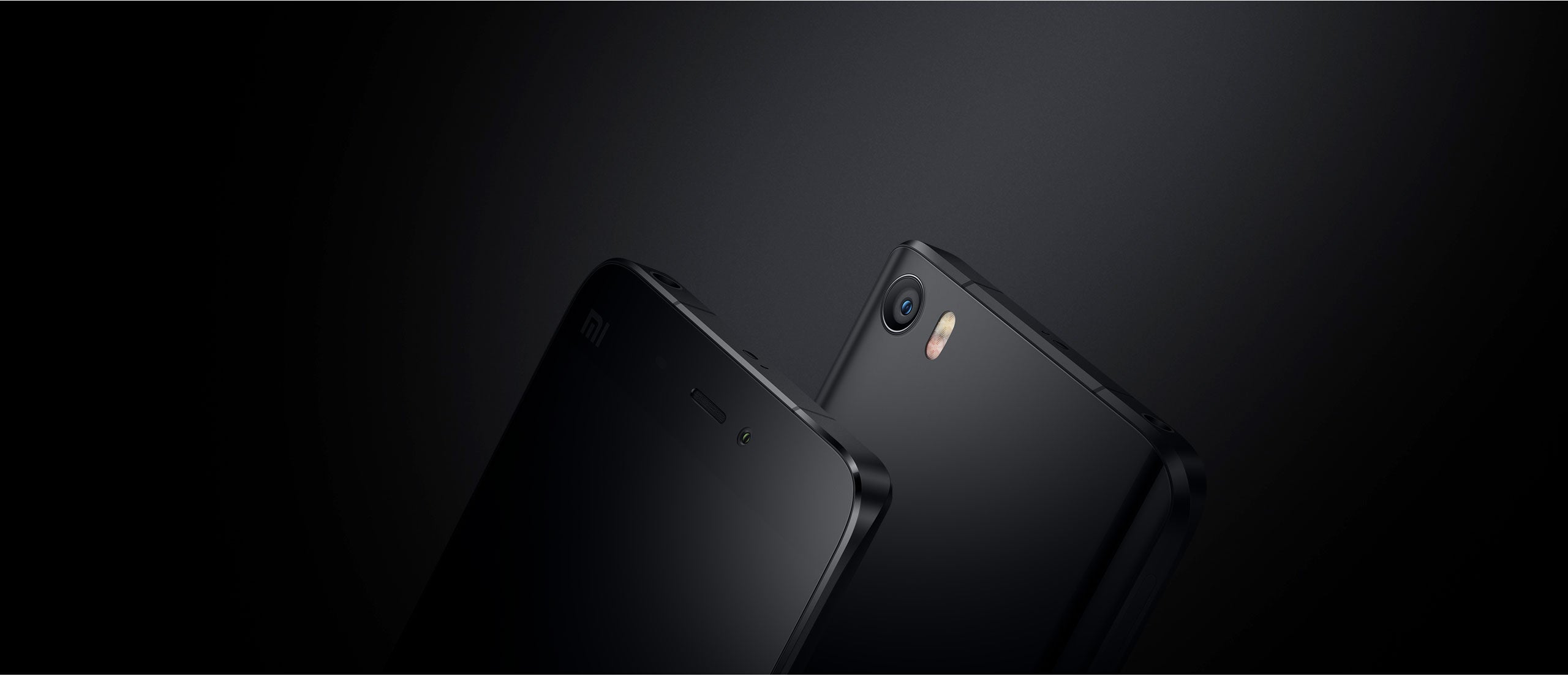
With a new Sony camera sensor, 4-axis image stabilization, and DTI pixel-to-pixel isolation, the Mi 5's 16MP camera is full of potential.
Additionally, the Mi5's camera setup features an f/2.0 aperture which is neither too fast, nor too slow, but rather standard. The cam has a dual-LED flash and supports 32 seconds of manual exposure, while benefiting from a light enhancement technology with the goal of delivering authentic colors.
The Mi5's front camera is a 4-megapixel unit, which may or may not be the HTC UltraPixel camera in disguise. Xiaomi used this cam on the Mi Note Pro, and by all accounts, it suffices for the task of handling selfies with its big, light-soaking 2 micron pixels and 80-degree wide angle. The manufacturer also implemented real-time beautification to enhance video calls.
Expectations
For all its overwhelming specs, the Xiaomi Mi 5 is priced very affordably in its homeland of China. Of course, if one decides on importing the phone, those prices will be higher, due to reseller markup, shipping costs and import taxes. Still, the Mi 5 could potentially make for a heck of a deal, considering the base model with 3GB of RAM and 32GB of storage starts from ~$306 (2000 yuan), the 3GB RAM / 64GB storage goes from $352 (2300 yuan), and the Ceramic Exclusive with 4GB of RAM and 128GB of storage is sold for $413 (2700 yuan).
At these prices, the Mi 5 is an extremely competitive handset and surely the prettiest, most powerful smartphone Xiaomi has ever produced. The handset has that "coming of age" feel to it, and it could potentially become a blowout success for Xiaomi, whose market share has been overtaken by a very active and resourceful Huawei. Xiaomi Mi 4 owners have waited more than 18 months for a successor to the smartphone, and are probably anxious to upgrade, while customers looking for a high-end handset will surely have their interest caught by Xiaomi's flagship.
Also read:
Follow us on Google News




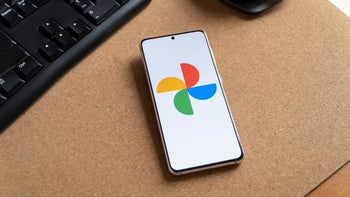








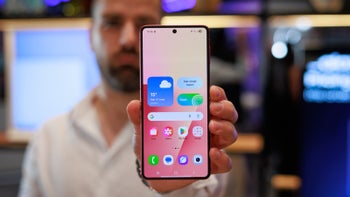

Things that are NOT allowed:
To help keep our community safe and free from spam, we apply temporary limits to newly created accounts: